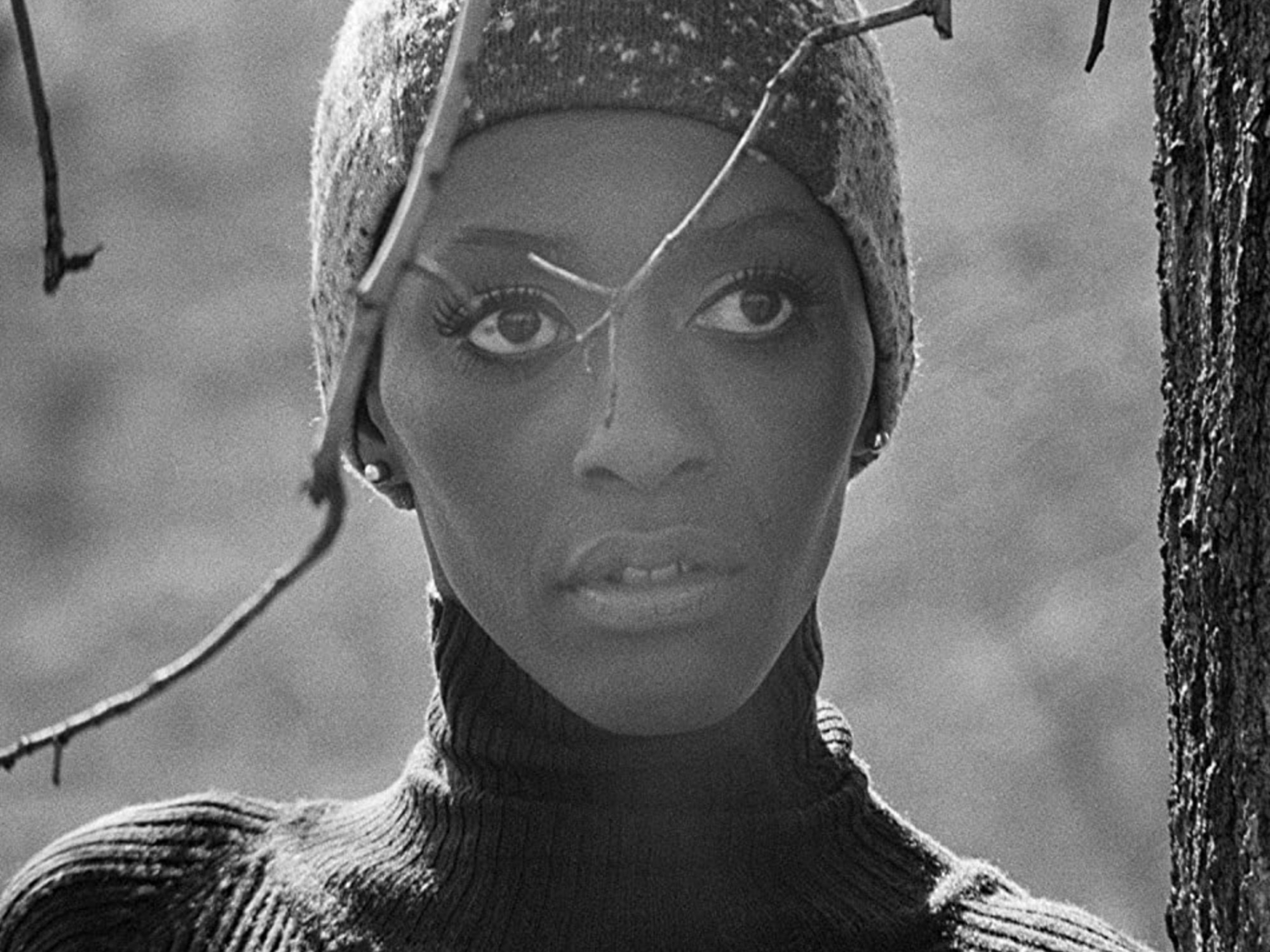
- Festivals
Sundance 2023: Docs -The Visible Impact of “Invisible Beauty”
Everything about Bethann Hardison is distinctly unique: her upbringing, her look, her wide-ranging career from model to agent to activist, and even how she brought Invisible Beauty, the film about herself, to fruition.
It is not that common that the subject of a documentary also serves as its co-director (along with Frédéric Tcheng who previously made Halston and Dior and I). But Hardison opted for this approach while succeeding at the balancing act of being in control while allowing things to happen naturally.
She grew up in the Bedford-Stuyvesant area of Brooklyn with her mother and spent her summers in North Carolina with her father who was an Islamic leader. She was a latchkey kid, a tap dancer, and the first black cheerleader at an integrated high school where she “ran with the gangs at age 9” as she says in the film, and “where the worst thing was that someone got beaten up.”
As progressive as her life in Brooklyn may have seemed, her time in North Carolina opened her eyes early on to segregation and racial discrimination. A scene at a water fountain is telling.
Hardison started out in New York’s garment industry and became a model when her friend and photographer Bruce Weber took pictures of her, capturing her “interesting face.” Her androgynous way of dressing helped her stand out in the early 1970s. She was successful but realized that modeling has a short shelf life, and felt a strong call to action when it became very clear that conscious and unconscious bias ruled the fashion industry and something had to be done about it.
She views beauty differently than most. To her, inclusion is a practiced term that ruled her decisions as a modeling agent long before it became a buzzword. She did not just sign Black women like Iman, Veronica Webb and Naomi Campbell, she celebrated and pioneered diversity long before it was the thing to do. Founding her business in 1980, her model roster included Kimora Lee Simmons, Tahnee Welch, Elle McPherson and Talisa Soto. She discovered Tyson Beckford and convinced Ralph Lauren to make him the face of his campaign. It was one of Lauren’s most successful ever.
Now in her 70s, she has seen the pendulum swing back and forth over and over again. The success of the Black 80s models disappeared in the 1990s when names like Campbell, Iman and Webb were replaced by emaciated girls from Eastern Europe and heroin chic became the theme of the campaigns. For years, Ethiopian-born Liya Kebede was the only celebrated Black model. This spurred her activism. The Black Girls Coalition that she founded to demand equal pay and representation was only a first step. Her call for change which began in the late 1980s spans more than forty years now. “It’s difficult to be an activist, it requires a lot of energy,” she says at one point. But Hardison never took her “foot off the clutch.”
The documentary tells of her professional drive while only slightly touching on her personal life: there is her son, actor and comedian Kadeem Hardison, and their sometimes complicated relationship. There are references to two loves of her life – “the ones that got away.” She lets the question of why hang in the air while it becomes clear that she, the gentle yet determined warrior woman, may have just been too much for them, a theme so many strong women are familiar with. To delve further into that part of her life may just require that she finishes her memoir, her writing providing one of the golden threads throughout the film.
At Sundance, she was one of the most coveted interviewees this past weekend and the after-party for the film, sponsored by Gucci, will go down as one of the most glamorous for a festival where people usually show up in snow boots and puffer jackets. Guests like Dakota Johnson, Danai Gurira, celebrated playwright Jeremy O. Harris (Slave Play) and fashion mavens like Tan France put serious efforts into their outfits.
For more about the icon, please watch Silvia Bizio’s interview below:

